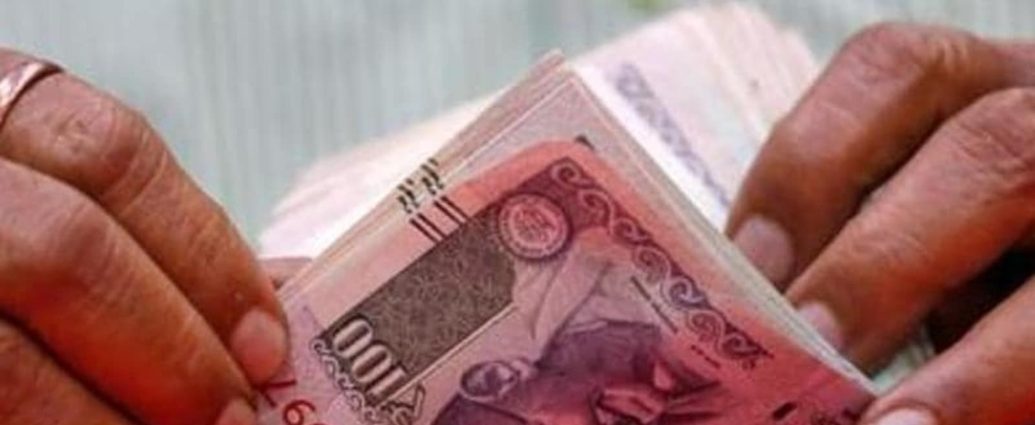All eyes are on finance minister Nirmala Sitharaman’s Budget 2023 on February 1. A financial statement of the government’s expected receipts and expenses for the upcoming fiscal year, the union budget offers a bird’s eye view of the state of the economy. The first budget of Independent India was presented on November 26, 1947, by RK Shanmukham Chetty. For the past five years, the government has released the union budget on February 1. The budget policies are set in motion from April 1, the start of a financial year.
According to the differences in revenue and expenditure, the budget is categorised into three main types – balanced, surplus and deficit.
1. Balanced Budget: A budget is considered balanced when the estimated government expenditure is the same as the expected revenue in a certain financial year. It is based on the classical economist theory of expenses not shooting over receipts and ‘living within means’. However, when the economy is in a state of financial turmoil, a balanced budget does not always ensure stability.
2. Surplus Budget: When the government revenue surpasses the expected expenses in a financial year, it is categorised as surplus budget. It signifies a country’s healthy financial discipline. Simply put, the government’s spending on public welfare is exceeded by the earnings from taxes. According to economists, a surplus budget can be utilised to decrease demand amidst inflation.
3. Deficit Budget: A deficit budget is when the government’s expenses overshoot the revenue during a fiscal year. During recessions, the government incurs additional expenses to increase employment, which boosts demand and drives economic growth.
The Union Budget is further divided into two segments: Revenue Budget and Capital Budget.
Revenue budget deals with money earned as taxes and non taxes as well as expenses for administrative purposes. The Capital Budget involves expenditure on infrastructure, health and similar facilities, while loans from the public, foreign government or the Reserve Bank of India (RBI) come under receipts.
